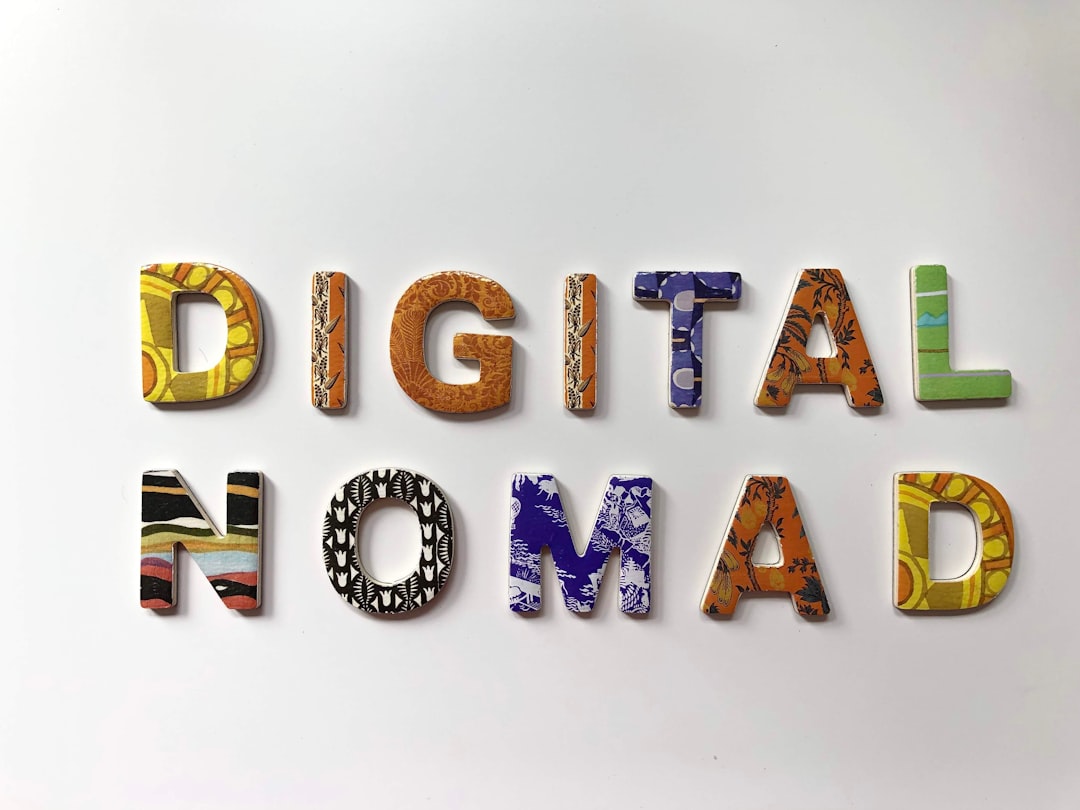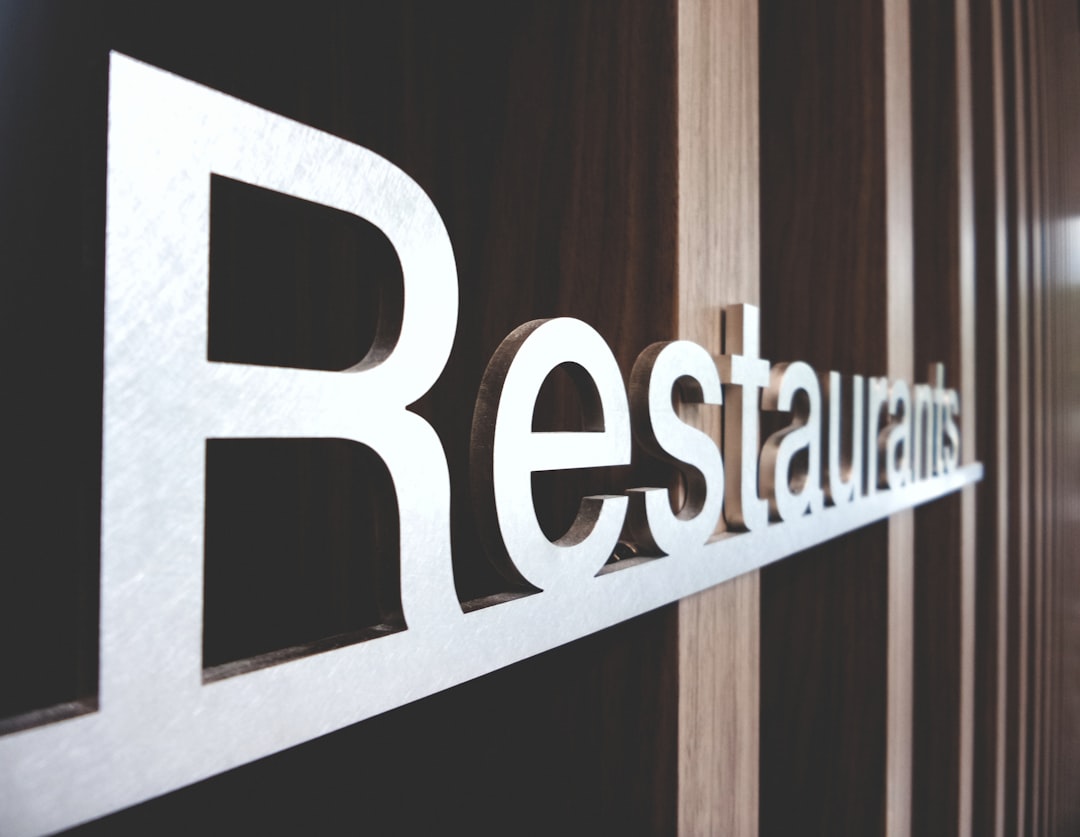In an industry where margins are tight and competition is fierce, customer retention is your secret weapon. Did you know that 57% of U.S. restaurants now have loyalty programs, with members visiting 20% more frequently and spending 20% more than non-members? That's not just incremental growth—it's transformative.
The numbers don't lie: 81% of consumers would join a restaurant loyalty program if offered one, and 78% are more likely to visit your establishment to earn points, even if it's less convenient for them. In today's challenging market, few strategies deliver this level of customer commitment.
Think about it: these programs essentially turn your regular customers into advocates who will go out of their way to support your business. That kind of dedication is marketing gold you simply can't buy through traditional advertising.
But creating a loyalty program that actually works? That's where many restaurants stumble. Let's fix that.
Before diving into specific strategies, let's understand what makes loyalty programs work. The most effective programs share these core elements:
Your loyalty program should be easy to understand and even easier to use. Complex point calculations or redemption processes create friction that drives customers away.
Think about how customers interact with your restaurant in everyday life. If signing up requires a lengthy form or redeeming rewards feels like solving a puzzle, you've already lost them. The best programs can be explained in a single sentence: "Buy ten coffees, get one free" or "Earn 10 points for every dollar spent."
The rewards must be meaningful enough to motivate behavior. Token gestures won't cut it—customers need to feel they're getting something worthwhile for their loyalty.
Consider what your specific customers value most. For a coffee shop, it might be a free premium drink. For a fine dining establishment, it could be priority reservations during peak hours. The key is ensuring the perceived value exceeds the cost to your business.
One-size-fits-all rewards are outdated. Today's diners expect offers tailored to their preferences and behaviors.
When Panera's MyPanera program sends a free bagel offer to a breakfast regular or a dessert voucher to someone who frequently orders sweets, they're creating a connection that feels personal. This level of tailoring shows customers you're paying attention to their preferences.
Paper punch cards are relics. Modern loyalty programs leverage mobile apps, digital wallets, and seamless POS integration to create frictionless experiences.
Digital platforms don't just eliminate lost punch cards—they create opportunities for instant gratification ("You just earned 50 points!") and timely engagement ("Your reward expires tomorrow—stop in!") that drive repeat visits.

The classic approach awards points based on spend or visits, which customers can redeem for menu items or discounts. Starbucks Rewards exemplifies this model, driving engagement through its mobile app with 30.4 million U.S. members actively participating.
The brilliance of Starbucks' approach lies in its transparency: customers can watch their "stars" accumulate in real-time and clearly see what rewards are within reach. This creates a powerful psychological incentive to make that extra visit to reach the next reward threshold.
Implementation tip: Start with a simple ratio (e.g., 1 point per dollar) and create attainable reward tiers that encourage repeat visits.
These reward customers based on number of visits rather than spend. Panera Bread's MyPanera program uses this approach, contributing to over 50% of their transactions coming from loyalty members.
This model works particularly well for quick-service and fast-casual concepts where cultivating regular habits matters more than increasing check size. By surprising members with occasional free items based on their visit patterns, Panera keeps customers coming back regularly without discounting their core offerings.
Implementation tip: Consider rewarding the 5th or 10th visit with a free item that has high perceived value but manageable cost.
A newer trend involves offering unlimited access to specific items for a recurring fee. Panera's coffee subscription demonstrates how this model can create predictable revenue while driving additional purchases during visits.
The genius of this approach is that it transforms occasional customers into daily visitors. Once someone pays $8.99 monthly for unlimited coffee, they're incentivized to visit frequently to maximize value—and rarely come in without purchasing additional food items.
Implementation tip: Choose a high-margin, frequently consumed item that will drive regular visits without overwhelming your operations.
These create status levels (e.g., Silver, Gold, Platinum) with increasingly valuable benefits. This approach leverages customers' desire for status and recognition.
Tiered programs tap into our natural competitive instincts and desire for exclusivity. Members actively work to achieve and maintain status, creating stronger engagement than simple discount programs. The higher tiers should include benefits that cost you little but feel special—like priority seating or access to limited menu items.
Implementation tip: Make the first tier easily attainable to hook customers, then create aspirational higher tiers with truly special perks.
Modern loyalty programs require modern technology. Restaurants struggling with outdated systems often find themselves losing money in hidden ways through inefficient processes and missed opportunities.
A platform like Spindl integrates loyalty programs directly with your POS and ordering systems, enabling:
Jack's Family Restaurants demonstrates the power of this approach, achieving a 56% increase in loyalty transactions and 12% higher average check size by implementing data-driven loyalty campaigns.
The right technology transforms loyalty from a discount program into a strategic marketing tool that constantly learns and improves. Your system should tell you not just who your customers are, but when they visit, what they order, and how to entice them back if their visits decline.
Understanding why customers engage with loyalty programs helps you design more effective offerings:
The anticipation of earning rewards can be as motivating as the rewards themselves. Progress trackers showing how close customers are to their next reward tap into this psychology.
This phenomenon explains why apps with visual progress bars (like Starbucks' star counter) drive such strong engagement. The closer customers get to a reward, the more motivated they become to reach it—sometimes making extra visits just to "fill the bar."
People are more motivated by avoiding losses than gaining rewards of equal value. Time-limited offers ("Use your reward by Friday!") leverage this principle effectively.
This is why expiration dates on rewards are so powerful. Once a customer has earned a free appetizer, their fear of "losing" that reward often drives them to visit even when they might not have otherwise planned to do so.
Special treatment makes customers feel valued. VIP-only events, early access to new menu items, or priority seating can be powerful motivators beyond discounts.
The most loyal customers often crave recognition more than financial rewards. Simply acknowledging them by name or remembering their preferences creates an emotional connection that discounts can't match.
Panera's program allows members to share rewards, creating word-of-mouth marketing. Incorporating social elements can amplify your program's reach.
When customers can gift rewards to friends or family, they become ambassadors for your brand. This type of referral holds far more weight than traditional advertising and creates a positive association with your restaurant.
Even well-designed loyalty programs can fail when they:
I've seen restaurants launch programs with rewards so modest that customers don't bother tracking them, or so complex that staff can't explain them properly. The sweet spot combines achievable rewards with clear, simple mechanics that both customers and employees can easily understand.
Ready to launch or revamp your loyalty program? Follow this step-by-step approach:
Your implementation timeline matters too. Consider a soft launch with your most frequent customers to gather feedback before a full rollout. Their insights can help you identify potential friction points before they affect your broader customer base.
When properly implemented, restaurant loyalty programs deliver measurable results:
These aren't just impressive numbers—they represent fundamental changes in customer behavior. The frequency metrics are particularly telling: nearly half of loyalty members visit multiple times monthly, creating a stable revenue base that helps weather seasonal fluctuations and economic downturns.

As technology evolves, so do loyalty programs. Stay ahead of these emerging trends:
The most forward-thinking restaurants are already exploring how AI can predict when customers are likely to lapse and automatically send targeted incentives before they stop visiting. Others are gamifying the experience with limited-time challenges ("Visit 3 times this week for bonus points") that drive immediate engagement spikes.
A well-designed loyalty program is more than a marketing tactic—it's a fundamental business strategy that can transform casual diners into devoted advocates. In an industry where customer acquisition costs continue to rise, the ability to retain and grow your existing customer base is invaluable.
By implementing a digitally integrated, personalized loyalty program through a platform like Spindl, you're not just offering rewards—you're building relationships that drive sustainable growth.
Ready to design a loyalty program your customers will love? Take the first step by evaluating your current technology infrastructure and defining what success looks like for your restaurant.
